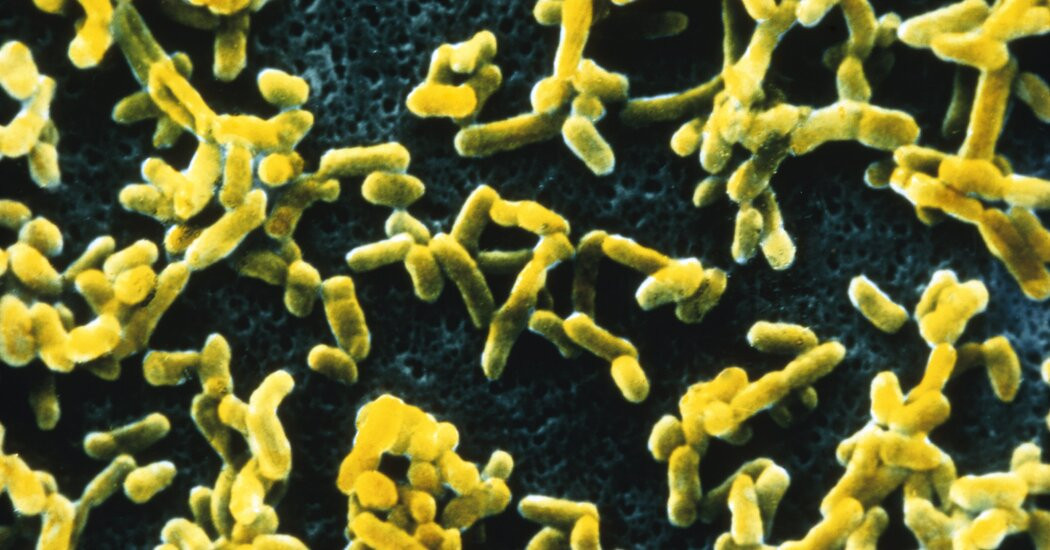

In a new genetic study, scientists have charted the rise of 214 human diseases across ancient Europe and Asia.
To prepare for future pandemics, scientists look to the past for clues. Over the last century, a series of new pathogens have swept the world, including H.I.V., Zika virus and SARS-CoV-2.
But the further back researchers look, the fuzzier that history becomes. Thucydides chronicled the plague of Athens, a disease that ravaged the city-state around 430 B.C. Despite all his gory details — “the inward parts, such as the throat or tongue, becoming bloody and emitting an unnatural and fetid breath” — today’s historians and scientists still don’t know which pathogen was responsible for it.
Three decades ago, geneticists conducting historical investigations started adding new clues like the bits of DNA that some pathogens leave behind in human skeletons. In recent years, the search for ancient disease genes has accelerated. On Wednesday, a team of scientists unveiled a new genetic chronicle, documenting the rise of 214 diseases across Europe and Asia over the past 37,000 years.
“The paper is large and sweeping and overall pretty cool,” said Hendrik Poinar, an expert on ancient DNA at McMaster University in Canada who was not involved in the study.
The researchers examined the remains of 1,313 ancient individuals for the project. The large scale enabled the researchers to do more than just push back the earliest known occurrence of different diseases. They could also track the rise and fall of epidemics across centuries.
The oldest remains the researchers studied belonged to hunter-gatherers. Their bones and teeth contained a host of pathogens, such as hepatitis B, herpes virus and Helicobacter pylori, a stomach-dwelling bacterium.



